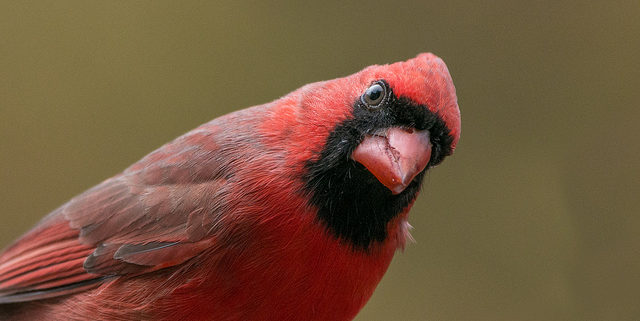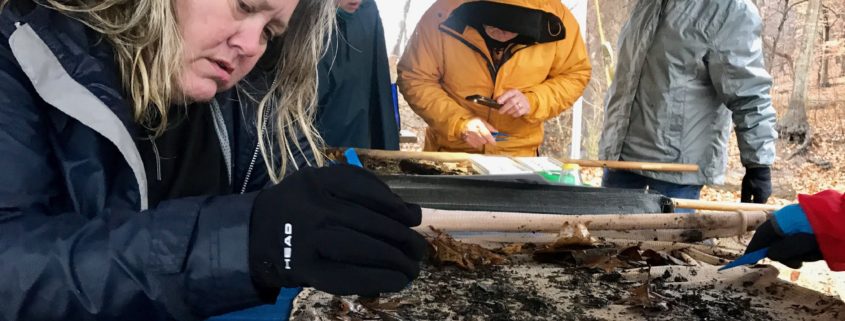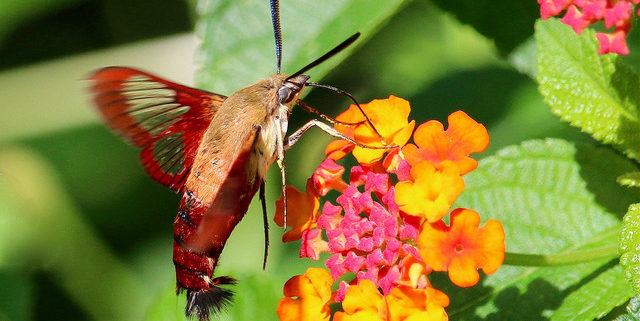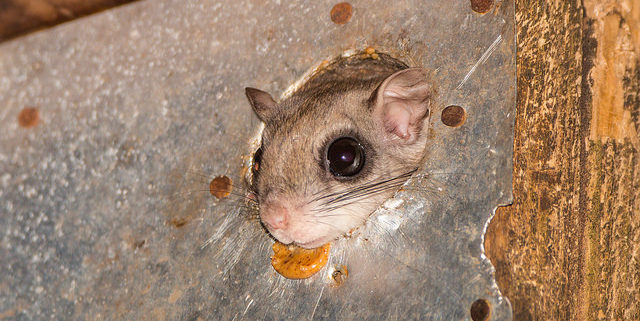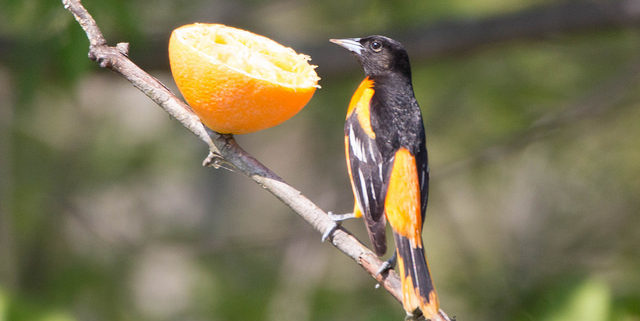Photo by Barbara J. Saffir (c)
Hidden Oaks Nature Center
7701 Royce Street, Annandale VA
Flying Squirrels Gliding in Tonight
Saturday, 8 December 2018
6:30-8:30 pm
Assist a naturalist in calling in these amazing night gliders and looking for flying squirrels at roosting boxes near the nature center. Teach families how to encourage flying squirrels to visit their yards. Contact Fiona Davies, [email protected]. Record hours as E110: FCPA Nature Programs. In the contacts field, record the number of people attending the program.
Office for Children Outdoor Play in Fall/Winter
Saturday, 15 December 2018
8am-1pm
Assist naturalists in educating up to 50 child care professionals in sharing nature with preschoolers and outdoor play during fall and winter. Contact Suzanne Holland, [email protected]. Record hours as E110: FCPA Nature Programs. In the contacts field, record the number of people attending the program.
Visitor Information Desk
First and third Saturdays of the month, 12-5 pm
Greet visitors and orient them to the exhibits, park and programs. Answer natural history questions for the public. Contact Fiona Davies, [email protected]. Record hours as E111: FCPA Nature Center Visitor Information Desk. In the contacts field, record the number of people you talk to.
Ongoing Needs
Assist naturalists in leading scout merit badge classes. Scout programs are typically held on weekends. Programs are generally held inside the nature center and frequently include a trail walk. Sample topics include Environmental Science, Mammal Study, Reptile & Amphibian, Sustainability.


